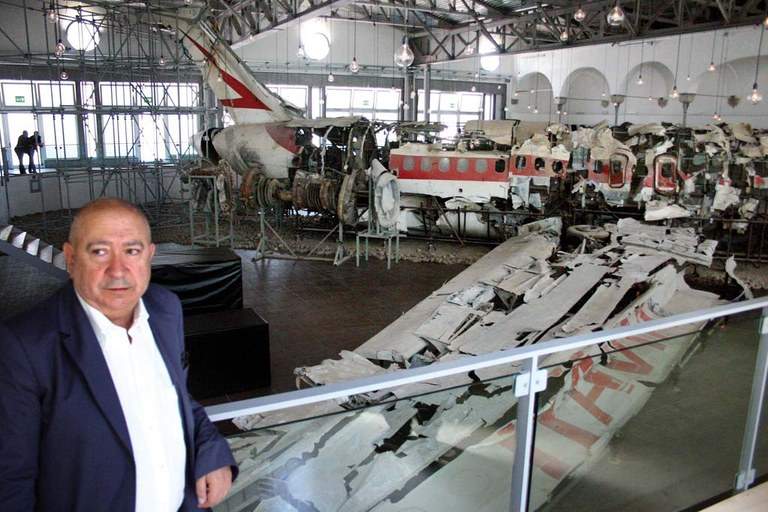French artist Christian Boltanski, one of the big names in contemporary art, died today in Paris at the age of 76. Breaking the news is the newspaper Le Figaro. Born in Paris on Sept. 6, 1944, to a Jewish father of Russian descent and a Corsican mother, he had begun painting as a self-taught artist in 1958 and, as a teenager, had met André Breton, the leader of Surrealism (Breton, by the way, would have advised him against being an artist). His first solo show was in 1968, at the Ranelagh Theater in Paris, where Boltanski exhibited life-size puppets and a film entitled La vie impossible. In the following years he devoted himself precisely to short films, and got to know Alberto Giacometti and Pablo Picasso, among others.
In the 1970s he approached conceptual art and continued to exhibit, devoting himself in parallel to photography and films. During his career he has shown his work in more than 150 exhibitions: among the most recent are solo shows at Centre Pompidou in Paris (2019); Espace Louis Vuitton in Tokyo (2019); National Museum of Art in Osaka and National Art Gallery in Tokyo (2019); Israel Museum in Jerusalem (2018); Power Station of Art in Shanghai (2018); at the Museo Nacional de Bellas Artes in Buenos Aires (2017); at MAMbo in Bologna (2017); at the Museum of Contemporary Art in Monterrey (2016); at the Instituto Valenciano Arte Moderno (2016); and at the Museo Nacional de Bellas Artes in Santiago, Chile (2014). He has also participated in five editions of the Venice Biennale (1975, 1980, 1993, 1995 and 2011) and two editions of Documenta (1972 and 1977). His personal awards include the Praemium Imperiale for sculpture, which he won in 2006.
His practice is rooted in museology: indeed, Boltanski used to display inventories of objects from anonymous owners, installations composed of various objects (photos, clothing, bells, flowers...) to give voice to absent subjects and invite the viewer to meditate and contemplate. His works speak of life, death and memory, often with references to the Holocaust (his family experienced the tragedy of persecution firsthand), with always blurred boundaries between truth and fiction.
In Italy, Boltanski is known for shaping the Museo per la Memoria di Ustica in Bologna: in fact, it is his art installation made from the wreckage of the Dc-9 Itavia that crashed into the Tyrrhenian Sea near the island at 8:50 p.m. on June 27, 1980. TheIstituzione Bologna Musei remembers him thus, “Boltanski has always maintained a strong bond with our city: he was the protagonist of the anthological exhibition Pentimenti at Villa delle Rose in 1997, on the occasion of which he left to the museum the work Les Regards, specially created as a tribute to the partisans commemorated at the Palazzo d’Accursio Memorial; author of the permanent installation A proposito di Ustica at the Museum for the Memory of Ustica in 2007, one of the most evocative and beloved contemporary art works present in Bologna; again protagonist of the special project Anime. From place to place. Christian Boltanski dedicated to him by the city of Bologna in 2017; finally, in 2018, he was awarded an honorary degree in Historical Disciplines by the University of Bologna. The Board of Directors, the Management and all the staff of Istituzione Bologna Musei remember him with regret and emotion for his great human generosity and for his ability to evoke with his works - sometimes with touching depth, sometimes with delicate irony - the inextricable intertwining of great historical events, the fragility of individual lives and the processes of transmission of memory.”
 |
| Farewell to Christian Boltanski, the artist who made the Museum of Ustica |
Warning: the translation into English of the original Italian article was created using automatic tools. We undertake to review all articles, but we do not guarantee the total absence of inaccuracies in the translation due to the program. You can find the original by clicking on the ITA button. If you find any mistake,please contact us.